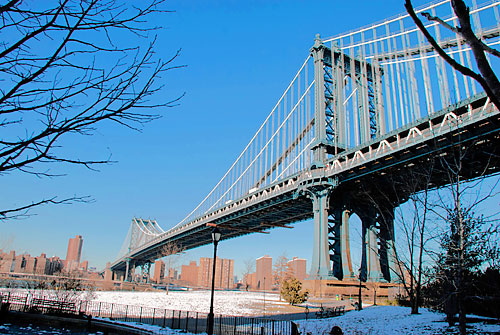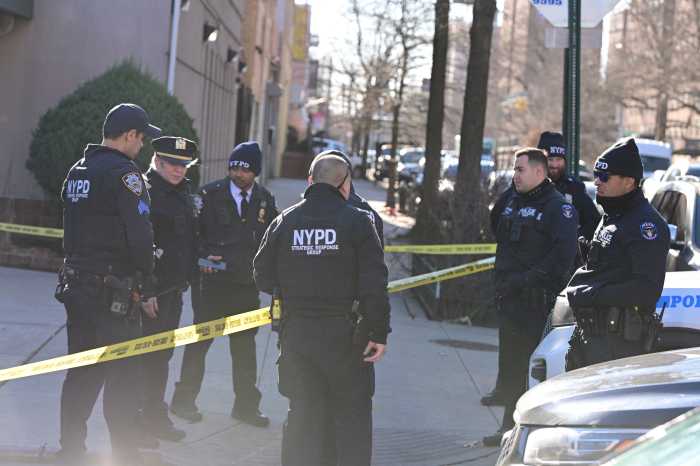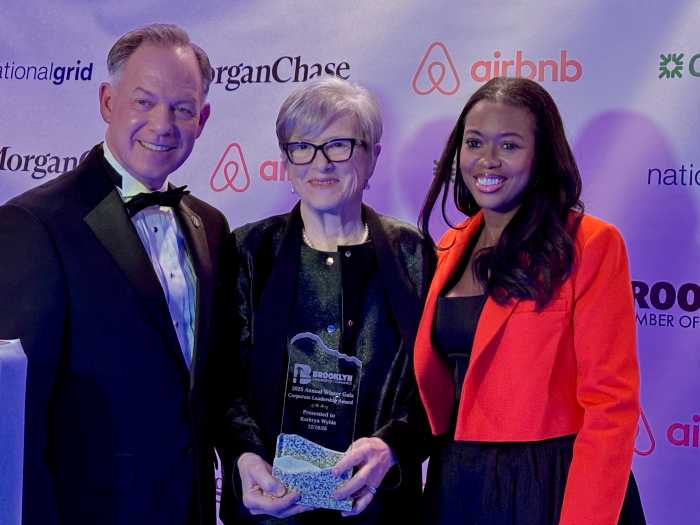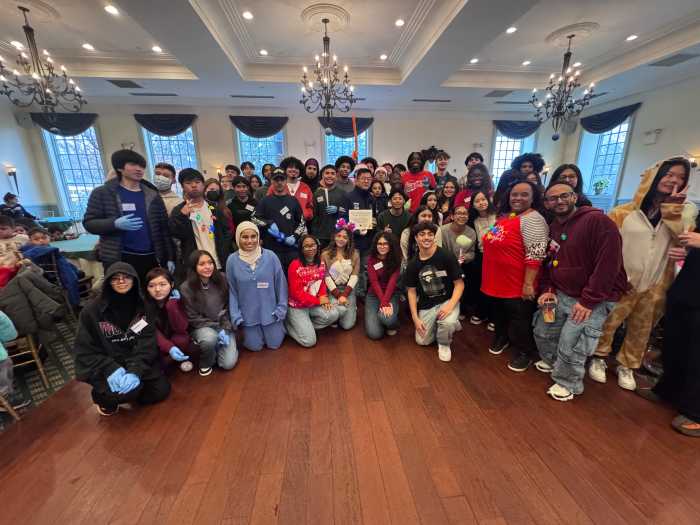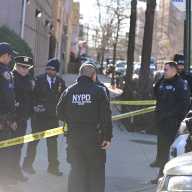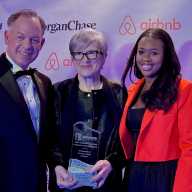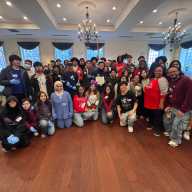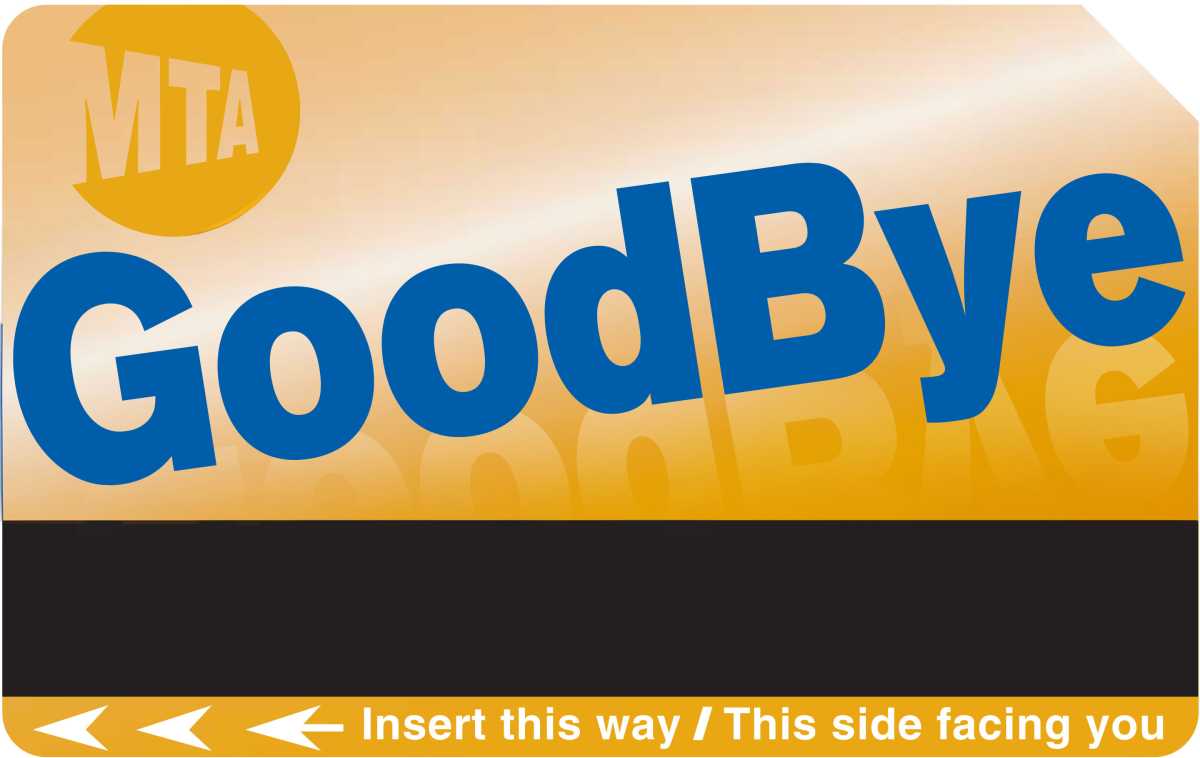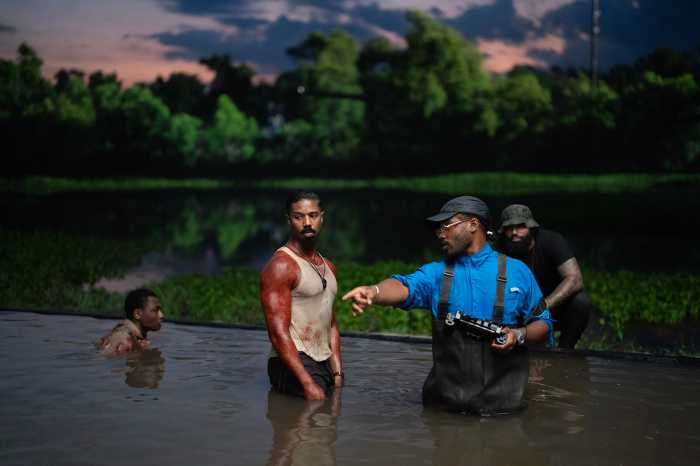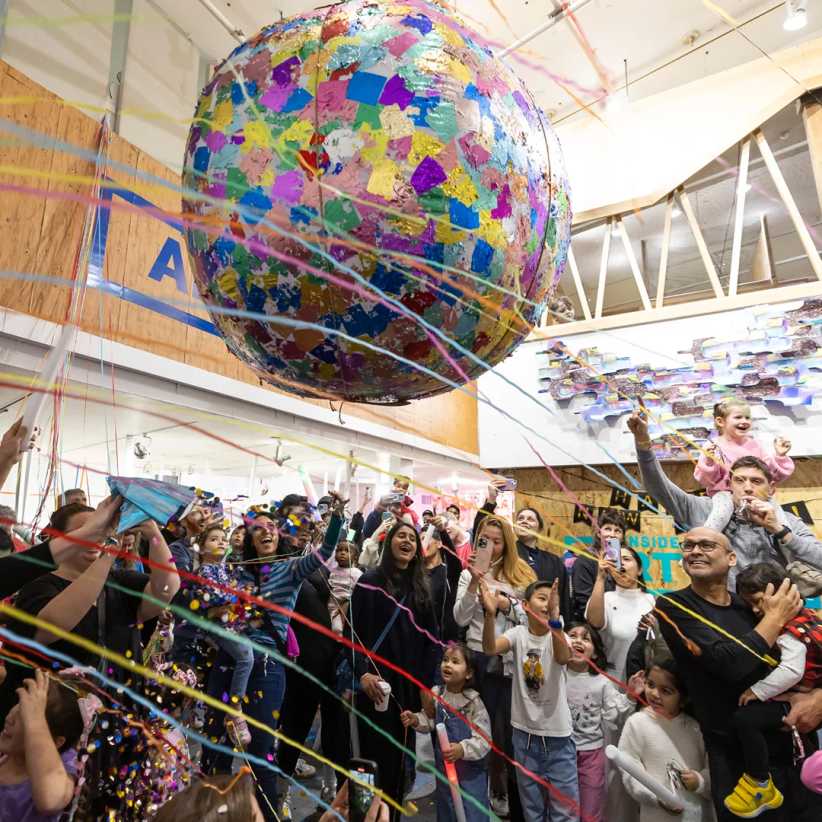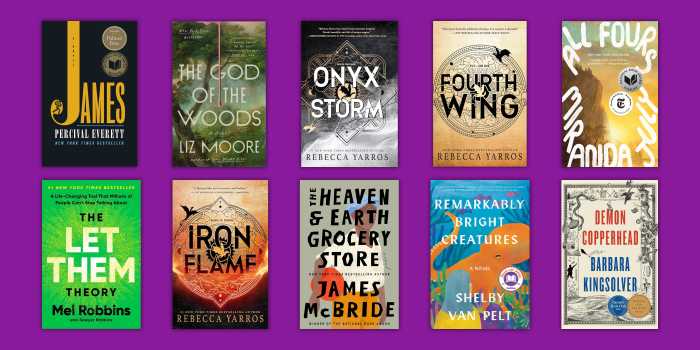What’s in a name? Gentrification, according to one state lawmaker, who introduced a bill this week to block real-estate brokers from turning genuine neighborhood monickers into a bowl of alphabet soup.
Assemblyman Hakeem Jeffries (D–Fort Greene) wants the state to penalize brokers who invent new neighborhood names — a practice that he claims is hastening the socioeconomic homogenization of the borough as prices rise when areas suddenly become tony.
The bill would ban any name conceived and pushed by a broker to artificially inflate a new neighborhood’s rent in an already extant neighborhood: ProCro — an area sandwiched between Prospect Heights and Crown Heights — is one example.
“Many brokers are misrepresenting properties to artificially increase housing prices,” Jeffries charged.
The numbers appear to bear that out: a hot ProCro one-bedroom on St. Marks Avenue will cost a cool $2,000, while a comparable Prospect Heights one-bedroom, also on St. Marks Avenue, can be had for $1,250.
The bill would allow the mayor and City Council to create neighborhood names after feedback from the affected community board.
Critics said all neighborhood names are dynamic, so legislating change will be an uphill battle.
“It’s like trying to change the natural course of a river,” said Brian Merlis, a Brooklyn historian who grew up in Flatlands (called East Flatbush when he was there in the 1960s). “Neighborhood names oscillate like guitar strings and exist only as states of mind.”
Name-creating activists agreed.
“Sunset Park is arbitrary and at one time was considered part of Bay Ridge,” noted Aaron Brashear, who was among the residents who had a hand in popularizing the name Greenwood Heights for the area nestled between Park Slope and Sunset Park, where fear of overdevelopment led to a rezoning push in 2005.
And it will likely be a tough row to hoe, as new nomenclature can be a difficult thing to originate. DUMBO was conceived by artists and loft tenants in the 1970s who were looking for an uncool, anti-marketing name as a way to “protect their turf from developers” (nice try!), according to Dumbonyc.com — but the area has since become one of the priciest enclaves in Brooklyn.
Jeffries conceded that the name DUMBO is legitimate, as the industrial area was previously devoid of residents.
“But there are names that seek to whitewash history,” he said. And that creates a “Wild West,” as if “this is the frontier and not neighborhoods with a history of culture and tradition.”
The bill, which applies only to New York City, is built on existing state law that prohibits brokers from disseminating information that is false and misleading.
It would not punish non-brokers who conceive of names on their own (so Aaron Brashear can relax).
“Any individual citizen has a right to refer to his neighborhood any way he chooses,” Jeffries said.
Brokers also balked at the bill.
“It would be great if neighborhoods had specific boundaries — but they don’t,” said John Reinhardt, president and chief executive officer of Fillmore Real Estate, a Brooklyn firm.
Reinhardt’s late father, Bill, was the man responsible for hatching the name Old Mill Basin for the area sandwiched between Flatlands and Mill Basin. “He called it Old Mill Basin — and it stuck.”
Since there isn’t an official neighborhood map to which brokers must adhere, it’s easy enough to play with the borders.
“Real estate is sexy sometimes — it’s like fashion,” he explained.
If a neighborhood becomes hot, stretch the boundaries.
“Take Williamsburg — some people want to live there, so expand it a block or two.”
Time travellers from the 17th century would be thoroughly confused, considering that “Williamsburg” was once referred to as Bushwick Shore, an Anglicized version of the Dutch name for area, Boswijck — or “Town in the Woods” — which the Dutch East Indian Company decided to call the area after buying it from the Native Americans.
Experts said neighborhood names have always been subject to change — ever since the Dutch settled on a region already inhabited by Indian tribes.
“The test is whether people use the name or not — look how SoHo has caught on,” said Francis Morrone, an architectural historian, perhaps forgetting the influence of Anglophiles in the city. (Brighton Beach, which shares a seaside sister city in merry ol’ England, also remains part of the Brooklyn vernacular.)
The only constant in Brooklyn history is changing names. Today, everyone uses the term “Park Slope,” but the area was known as Prospect Hill until the completion of Prospect Park in the 1870s — an alteration designed to link the neighborhood to its new amenity. And Bay Ridge was long known as Yellow Hook — until a major Yellow Fever epidemic forced brokers to come up with a new name, and fast.
“There are neighborhood names that brokers have tried to use that don’t stick: Nobody says, ‘I live in BoCoCa,’ ” said Morrone, referring to the rarely used acronym for Boerum Hill, Cobble Hill and Carroll Gardens, three well-established neighborhoods that were also the creation of real-estate interests in the middle of last century.
Previously, the neighborhoods were lumped together as “South Brooklyn,” the area south of the original Dutch town of Brooklyn, which is today Brooklyn Heights.
Neighborhood lifers, such as Sackett Street resident Celia Cacace, still refer to Carroll Gardens as South Brooklyn.
“They think the name makes the community,” she said. “But people make a community.”
Some names have staying power — the polluted Gowanus Canal was once called Gowanes Creek, a name originating from Gouwane, a chief of the Lenape Indian tribe.
And names have been contentious long before Jeffries ascended to office.
“What the Dutch called ‘Midwood,’ the English called ‘Flatbush,’ ” Morrone said. “Then Midwood became a neighborhood in Flatbush.”


